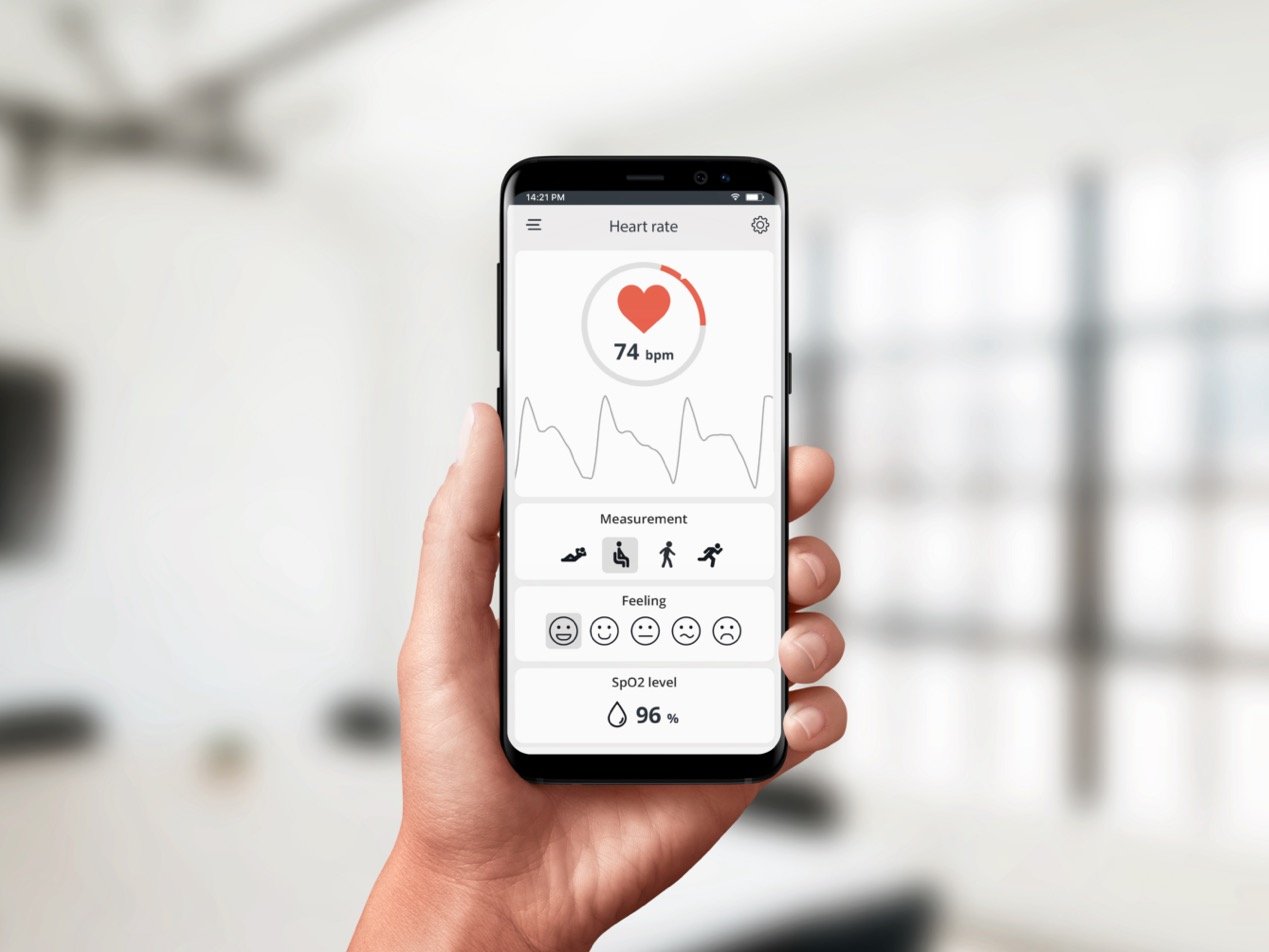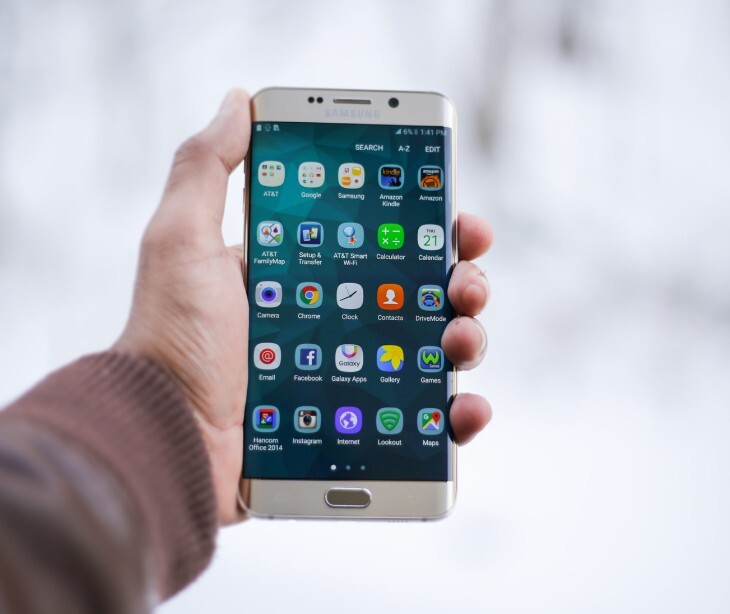
Patient-Generated Health Data (PGHD) is a critical component of many mobile health apps. As more and more users turn to mobile health apps for tracking and monitoring their health, developers and healthcare organizations must implement the necessary measures to ensure that this sensitive information is handled in a secure and HIPAA compliant manner.
Here are some best practices for handling Patient-Generated Health Data (PGHD) in mobile health apps:
Use secure data transmission protocols
Any data transmission between the app and the server should use a secure protocol such as HTTPS or SSL to ensure the data is encrypted in transit.
Related: HIPAA's transmission security requirement: Use encrypted email for compliance
Develop mechanisms to validate and authenticate the integrity of PGHD
App developers should implement techniques such as digital signatures, message authentication codes, and checksums to ensure the data has not been tampered with.
Implement appropriate access controls
Only authorized personnel should have access to the PGHD stored in the app's database. Developers should implement appropriate access controls, such as authentication and authorization mechanisms, to ensure that only authorized individuals can access this sensitive information.
Implement audit logging
Audit logging can track who accessed PGHD, when they accessed it, and what actions they took. This can help detect any unauthorized access attempts or malicious activities.
Provide clear notice and consent
Mobile health apps should provide clear notice and obtain consent from users before collecting or sharing their PGHD. This includes informing users about the purposes of the data collection and sharing and any third parties involved.
Related: BetterHelp fined $7.8M and banned from sharing sensitive data
Regularly review and update privacy policies
Privacy policies should be regularly reviewed and updated to reflect changes in the app's data collection and sharing practices and any changes to applicable regulations such as HIPAA.
HIPAA compliant examples
Be mindful of HIPAA compliance and protect the privacy and confidentiality of users' health information. This builds trust and confidence in apps and services.
Examples of these best practices in action include:
- Using robust encryption algorithms to secure PGHD data transmission between the app and the server.
- Use HIPAA compliant email when communicating with users to avoid sharing protected health information inadvertently.
- Implementing multi-factor authentication mechanisms for authorized personnel who access PGHD.
- Keeping detailed audit logs to monitor access to PGHD and detect any unusual activities.
- Providing clear notice and consent to users about data collection and sharing practices through an easily accessible privacy policy.
Handling Patient-Generated Health Data (PGHD) in mobile health apps requires a holistic approach that includes technical, organizational, and policy measures. App developers and healthcare organizations must take the necessary steps to ensure compliance with HIPAA regulations and protect their users' health information. By implementing these best practices, they can build a secure, compliant platform that protects patient data and retains patient trust.
Subscribe to Paubox Weekly
Every Friday we'll bring you the most important news from Paubox. Our aim is to make you smarter, faster.

 Dean Levitt
Dean Levitt



